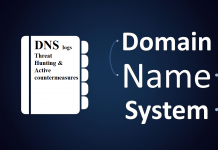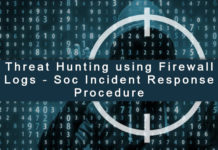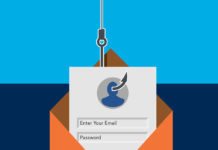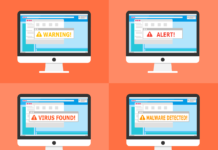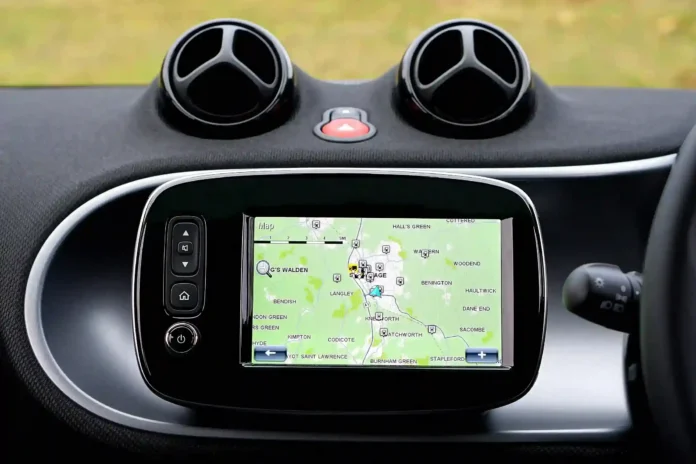GPS trackers provide real-time location tracking, asset monitoring, and personal safety solutions. However, they are also vulnerable to cyber threats, data breaches, and hacking attempts. Without proper security measures, malicious actors can exploit GPS trackers to manipulate data, track individuals unlawfully, or disable tracking functions.
In this guide, we’ll explore best practices to secure your GPS tracker and highlight common vulnerabilities that pose security risks.
Why Securing Your GPS Tracker is Essential
GPS trackers handle sensitive location data that can be exploited if left unprotected. Cybercriminals can intercept GPS signals, manipulate location data, or gain unauthorized access to tracking systems.
Key Risks of an Unsecured GPS Tracker
- Unauthorized Access – Hackers can take control of GPS tracking devices, altering data or disabling them.
- Data Breaches – Weak security measures can expose personal and business location data to third parties.
- Signal Jamming and Spoofing – Attackers can disrupt GPS signals or send false location data to mislead tracking systems.
- Device Tampering – Physical access to a GPS tracker may allow unauthorized removal or reconfiguration.
- Privacy Violations – Without encryption, sensitive information can be intercepted and misused.
Understanding these risks helps users implement security best practices to protect their devices and data.
Common Vulnerabilities in GPS Trackers
GPS trackers, like any connected devices, are prone to specific security weaknesses. Addressing these vulnerabilities ensures optimal protection against cyber threats.
1. Weak Default Passwords
Many GPS trackers come with factory-set default passwords that users fail to change. Hackers exploit these credentials to gain access.
Solution: Change the default password immediately after setup. Use strong, unique passwords with a mix of uppercase, lowercase, numbers, and special characters.
2. Lack of Encryption
Unencrypted GPS data can be intercepted during transmission, leading to privacy leaks and unauthorized access.
Solution: Choose a GPS tracker with AES-256 encryption or end-to-end encrypted communication. Ensure the provider follows security protocols for data protection.
3. Outdated Firmware and Software
Unpatched firmware and software expose GPS trackers to security loopholes that hackers exploit.
Solution: Regularly update firmware and software to patch vulnerabilities and enhance security. Enable automatic updates where possible.
4. Open Network Connections
Some GPS trackers operate over insecure networks, making them vulnerable to cyber intrusions.
Solution: Use GPS trackers with secure APNs (Access Point Names) and encrypted cellular connections (4G LTE, VPN, or private servers).
5. No Multi-Factor Authentication (MFA)
Lack of multi-factor authentication (MFA) makes it easier for hackers to access GPS accounts using stolen credentials.
Solution: Enable MFA for login authentication to add an extra security layer beyond just a password.
6. Physical Device Tampering
If an attacker gains physical access, they can disable, remove, or reconfigure the tracker to disrupt tracking functions.
Solution: Secure the device in concealed locations, use tamper-detection alerts, and enable remote deactivation features.
Best Practices to Secure Your GPS Tracker
To protect GPS tracking systems from cyber threats, users must implement security best practices that reduce vulnerabilities and enhance data protection.
1. Change Default Login Credentials
- Set unique, strong passwords that are difficult to guess.
- Avoid using personal details such as birthdates or names in passwords.
- Regularly update passwords to prevent unauthorized access.
2. Enable Two-Factor Authentication (2FA)
- Use two-step verification to prevent unauthorized logins.
- Opt for authentication apps (Google Authenticator, Authy) instead of SMS-based authentication, which is more vulnerable to attacks.
3. Use Encrypted Communication
- Choose GPS trackers with AES-256 encryption for secure data transmission.
- Ensure the device supports end-to-end encryption (E2EE) for tracking data.
4. Regularly Update Firmware and Software
- Check for security updates and patches released by the manufacturer.
- Enable automatic updates to prevent known exploits.
- Remove any unused or outdated GPS software.
5. Secure the Physical Tracker
- Install GPS devices in concealed locations within vehicles or assets.
- Use tamper-proof casing or secure mounts to prevent removal.
- Activate motion or removal alerts to notify you if the device is tampered with.
6. Use Secure Network Connections
- Opt for private cellular networks, VPNs, or encrypted Wi-Fi to transmit GPS data securely.
- Disable open or public Wi-Fi connections on GPS tracking apps.
- Use devices that operate on 4G LTE networks rather than outdated 2G/3G networks, which are more vulnerable.
7. Monitor and Audit GPS Activity Regularly
- Check tracking logs for unusual access attempts.
- Set up alerts for suspicious login activity.
- Review device and app permissions periodically.
8. Implement Geofencing and Real-Time Alerts
- Set geofencing alerts to get notified if a tracker moves out of an authorized zone.
- Enable real-time location updates to detect anomalies.
9. Educate Users on GPS Security
- Train family members or employees on GPS tracking risks and security best practices.
- Avoid sharing tracker login credentials with multiple users.
- Stay informed about new GPS security threats and how to mitigate them.
Final Thoughts
GPS trackers provide valuable security and monitoring benefits, but they must be protected from cyber threats and unauthorized access. By changing default passwords, enabling encryption, securing physical devices, and updating firmware regularly, users can eliminate common vulnerabilities and ensure safe GPS tracking.
Investing in a secure GPS tracking device ensures privacy, safety, and reliable data protection for personal and business use.






